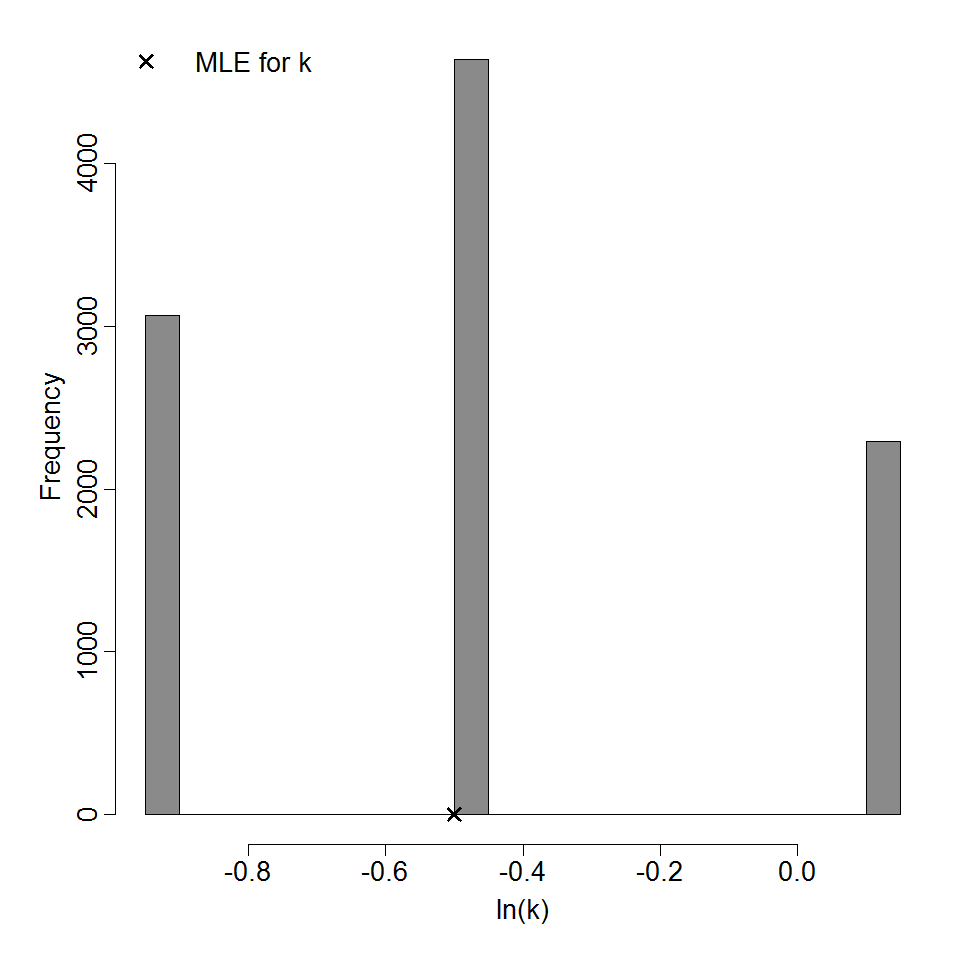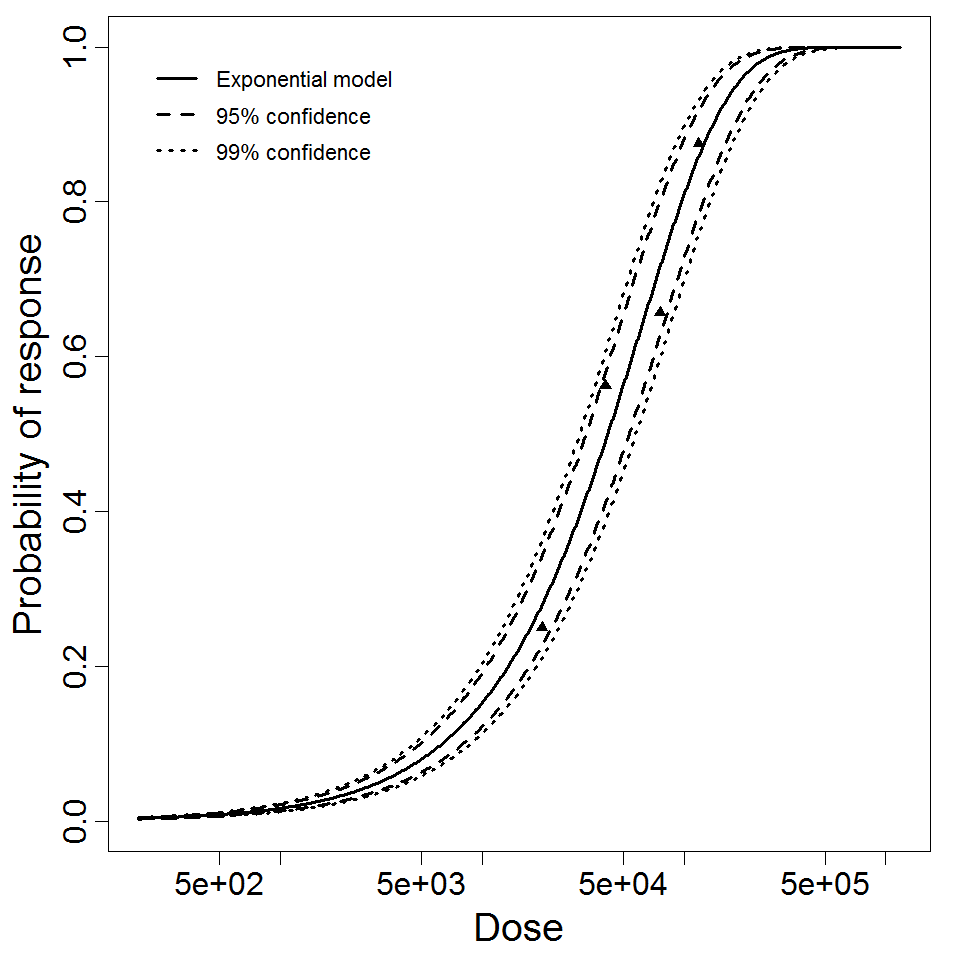General Overview
Adenoviruses are medium-sized (90-100 nm), nonenveloped (naked) icosohedral viruses containing double-stranded DNA. According to the CDC, there are more than 52 immunologically distinct types that can cause infections in humans and animals. Adenoviruses are unusually stable to chemical and physical agents and to adverse pH conditions, thus allowing for prolonged survival outside of the body.
According to Gray, Callahan et al., denoviruses most commonly cause respiratory illness the most commoncause of acute infectious disease in U.S. adults. However, depending on the infecting serotype, they also cause various other illnesses, such as gastroenteritis, conjunctivitis, cystitis (bladder infection), and rash illness. The CDC states that symptoms of respiratory illness caused by adenovirus infection range from the common cold syndrome to pneumonia, croup, and bronchitis.
Acute respiratory disease (ARD), which was first recognized among military recruits during World War II, caused by adenovirus infections, according to the CDC and Gray, Callahan et al.. Although epidemiologic characteristics of the adenoviruses vary by type, all are transmitted by direct contact, fecal-oral transmission, and waterborne transmission.
ARD is most often associated with adenovirus types 4 and 7, and more recently adenovirus 14, in the United States. The CDC states that enteric adenoviruses 40 and 41 cause gastroenteritis, usually in children. For some adenovirus serotypes, the clinical spectrum of disease associated with infection varies depending on the site of infection; for example, infection with adenovirus 7 acquired by inhalation is associated with severe lower respiratory tract disease, whereas oral transmission of the virus typically causes no or mild disease.
| ID | Exposure Route | # of Doses | Agent Strain | Dose Units | Host type | Μodel | LD50/ID50 | Optimized parameters | Response type | Reference |
|---|---|---|---|---|---|---|---|---|---|---|
| 31 | inhalation | 4.00 | type 4 | TCID50 | human | exponential | 1.14E+00 | k = 6.07E-01 | infection |
Couch, R. B., Cate, T. R., Douglas, R. G., Gerone, P. J., & . (1966). Effect of route of inoculation on experimental respiratory viral disease in volunteers and evidence for airborne transmission. Bacteriological Reviews, 30, 3. |
|
|
||||||||||||||||||||||
|
||||||||||||||||||||||||||||||||||||||

Parameter histogram for exponential model (uncertainty of the parameter)

Exponential model plot, with confidence bounds around optimized model